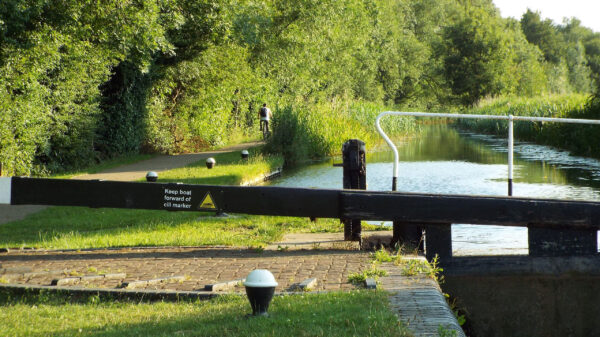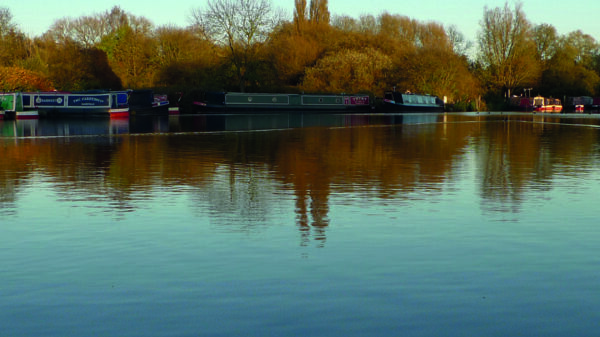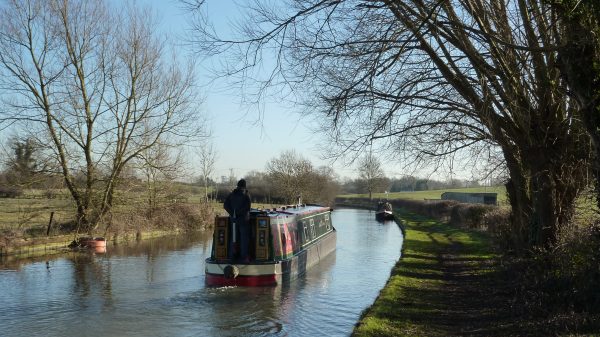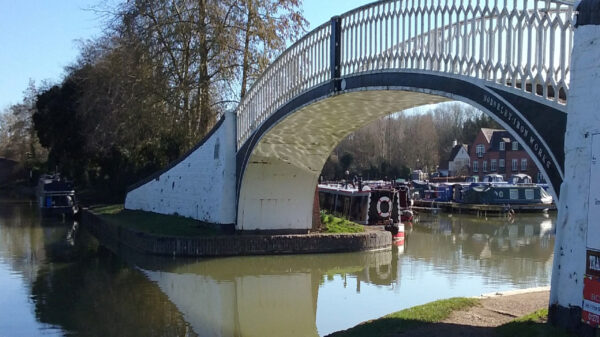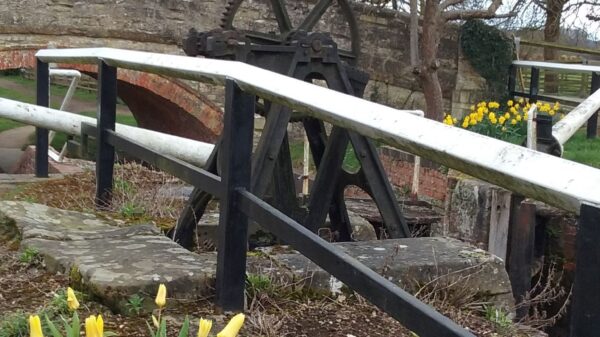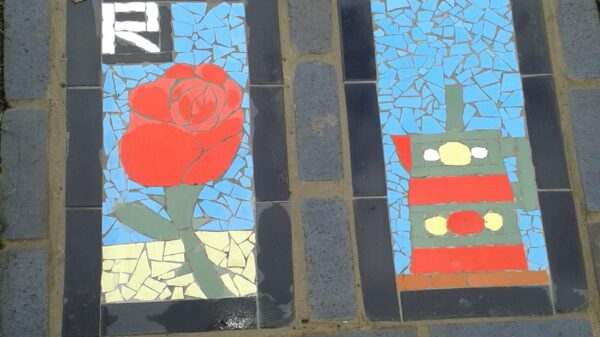4. Admiral Nelson Pub
At the end of the lane is the Admiral Nelson Pub. The Pub was originally a farm building, constructed before the canal.
Just before the Pub, take a right across the Canal bridge, and right again at the end of the bridge.
Go down the steps and through the gate to join the towpath. Then, turn left on the towpath and follow it with the Canal on your right hand side.

